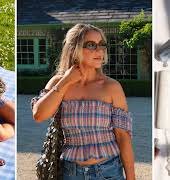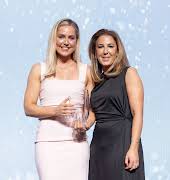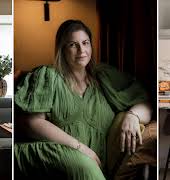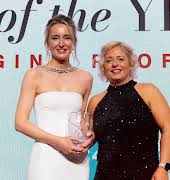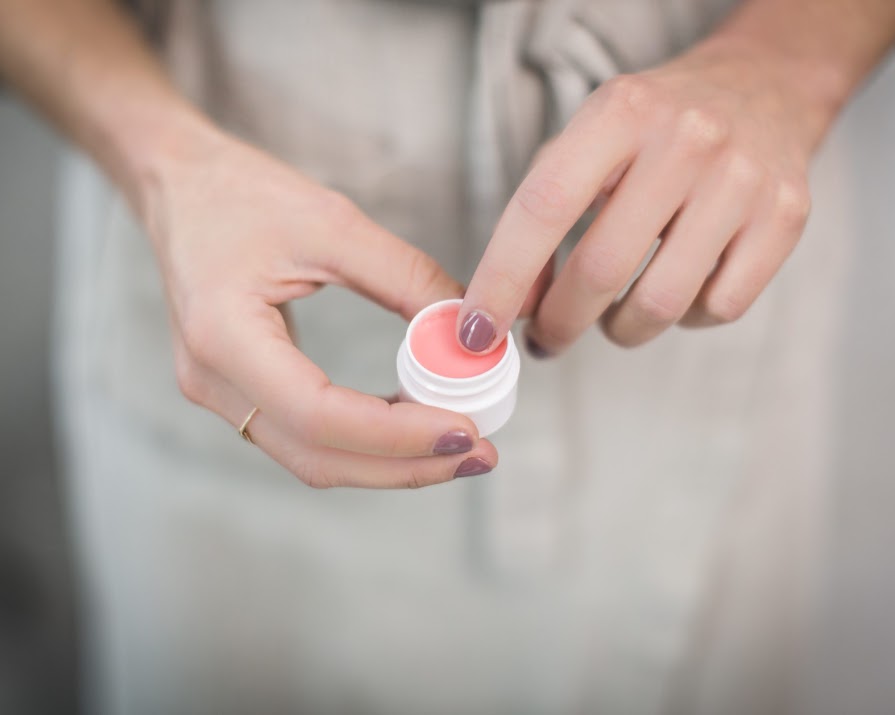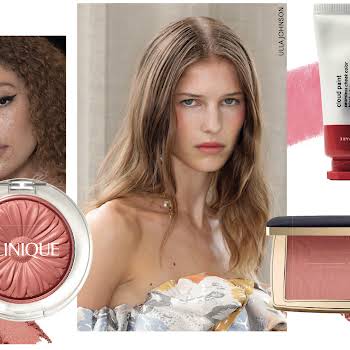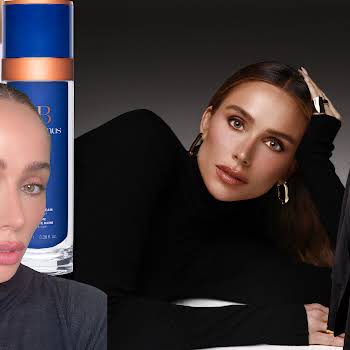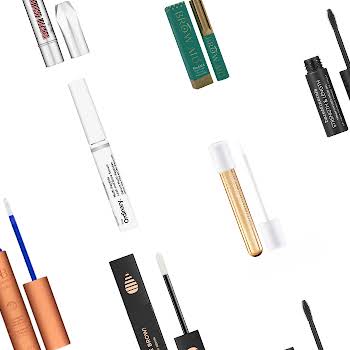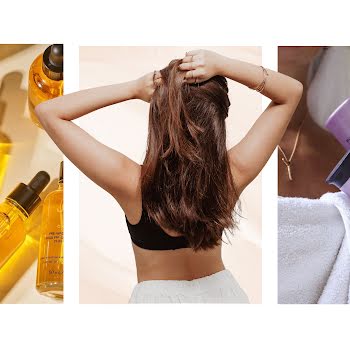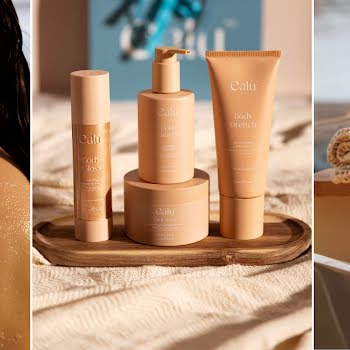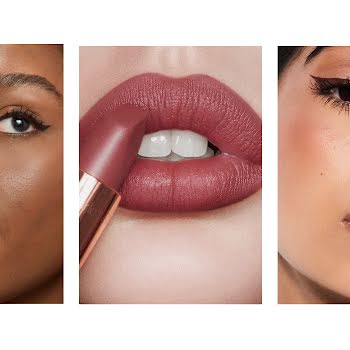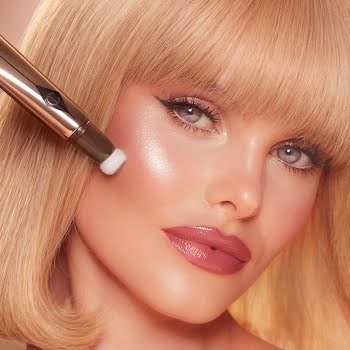Why I throw this type of lip product straight in the bin (and why some people love them)
By Aisling Keenan
29th May 2019
29th May 2019
There’s little worse than lips as dry as a desert, whether you’re at work, about to board a flight or about to go to sleep. Which is why I consider my lip balm a staple, but also why I’ll never, ever buy this type of lip balm again…
I was caught short a few weeks ago at a busy London airport. I had no lip balm and my lips were crying out for a bit of moisture. The only lip product I had on my person was a bright red liquid lipstick which would’ve looked fairly ill-matched with the loungewear and high pony ensemble I was wearing. Trust me when I say I am not one of the few people who can pull that off successfully (Kate Hudson and Kendall Jenner, I’m looking at you).
High standards
So I reluctantly spent £2.50 on a drugstore brand lip balm. As soon as it went near my lips, I knew I’d made a mistake. I have exceedingly high standards when it comes to lip balms — I once bought five ESPA Mandarin ones in one go, at €13 a pop, because I loved it so much and dreaded them discontinuing it.
Related: Five of the best lip balms for chapped lips
What is it that makes me hate these balms?
Basically, the fact that they are high in petroleum jelly. The purpose of petroleum jelly, otherwise known as an occlusive, is for sealing in moisture and creating a barrier between your skin and external elements. It’s great at that, and for a while, it’ll make your lips feel soothed. But, like half-price goods from Home Store and More, once it’s gone, it’s gone.
Products like this do not do a good job of helping moisture absorb into the skin; your lips either heal or stay hydrated, even after the lip balm is gone. Have you noticed the more petroleum-based balm you apply, the more you need? I hate that feeling.
The expert explains it all
Jennifer Rock, aka The Skin Nerd, explains it better than I could. “An occlusive in skincare is something that forms a film across the skin for the purpose of protecting it and locking in moisture or hydration. Occlusives aren’t a new concept… Realistically, if you are dry-skinned, dehydrated or mature, you already have an occlusive at the end of your skin routine.
Petroleum jelly is an occlusive actually found in a lot of skincare but other common occlusive agents are lanolin, zinc oxide and mineral oil,” Jennifer explains.
Now, occlusive ingredients aren’t all bad when it comes to lip balm — they are water repellent and so stay on longer. And if you add in emollients, or look for things like beeswax, vitamin E, shea butter, avocado oil, wheat germ oil and dimethicone in your lip balms instead, you could be on to a winner.
Brilliant balms
Here are ten I adore and would never throw in the bin (and trust me when I say I have at least seven of these on the go at any given time).

- Glossier Cherry Balm Dot Com, €12
- ESPA Mandarin Lip Balm, €13
- Burt’s Bees Coconut and Pear Lip Balm, €4.99
- Image Ormedic Balancing Lip Enhancement complex, €26
- Bioderma Atoderm Lip Balm, €3.75
- Chanel Hydra Beauty Nutrition lip balm, €36
- Weleda Skin Food Lip Balm, €9
- EOS Organic Strawberry Sorbet Lip Balm, €8.99
- Kiehls No.1 Lip Balm, €11
Read more: Jennifer Rock shares her top skin commandments with beauty fans
Read more: The red lipstick test: Does wearing a red lip change how people treat me?
Read more: The IMAGE Beauty Awards 2019: the best new lipsticks


